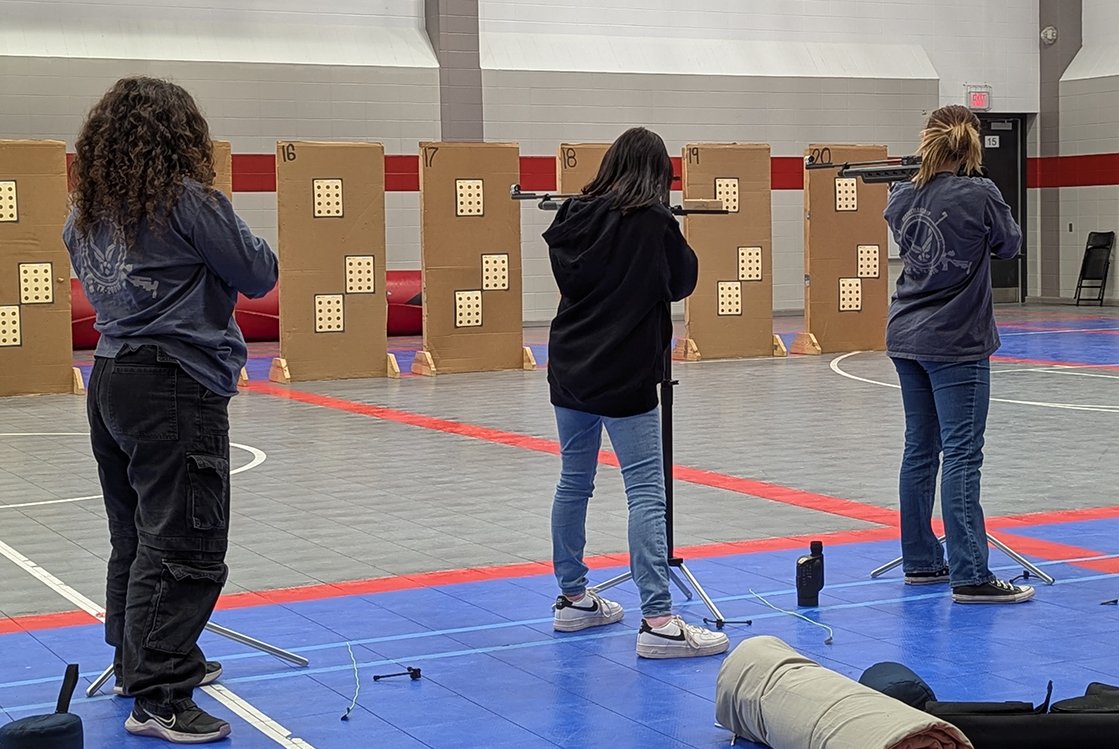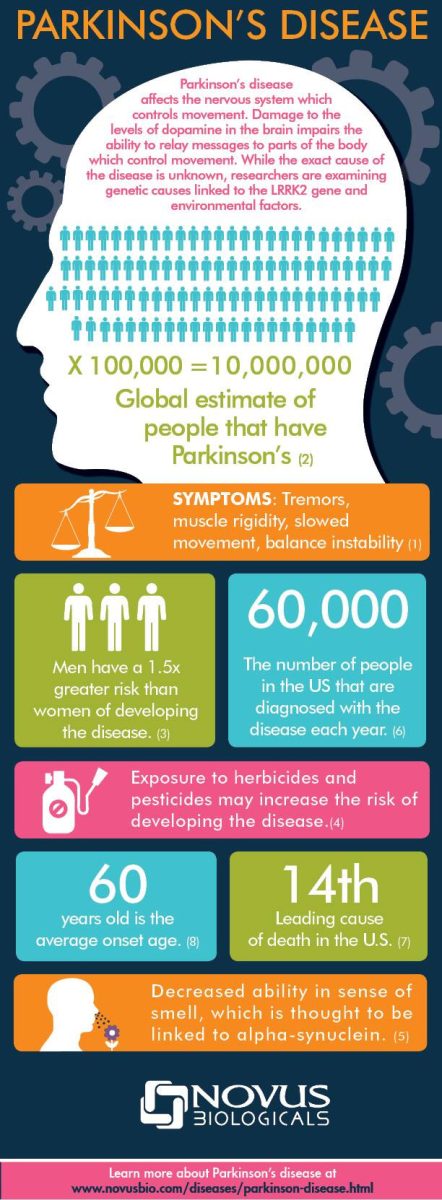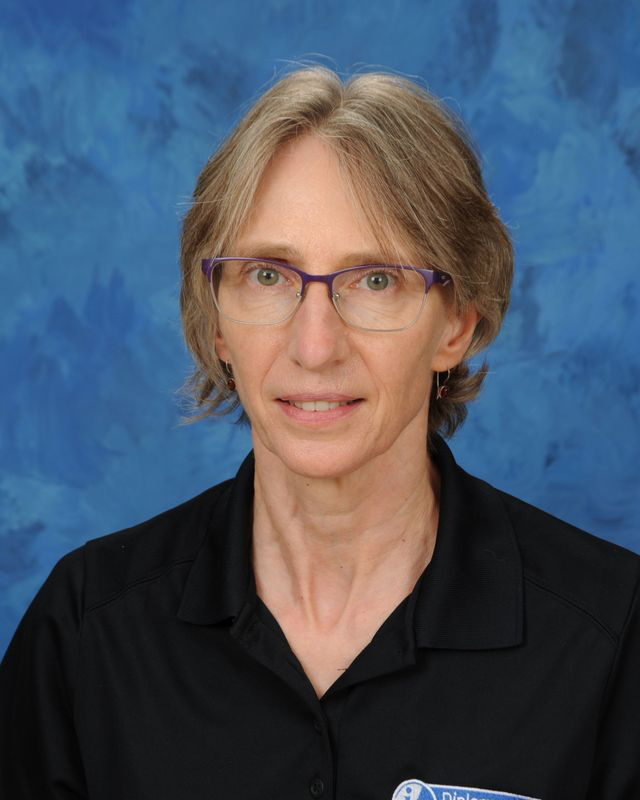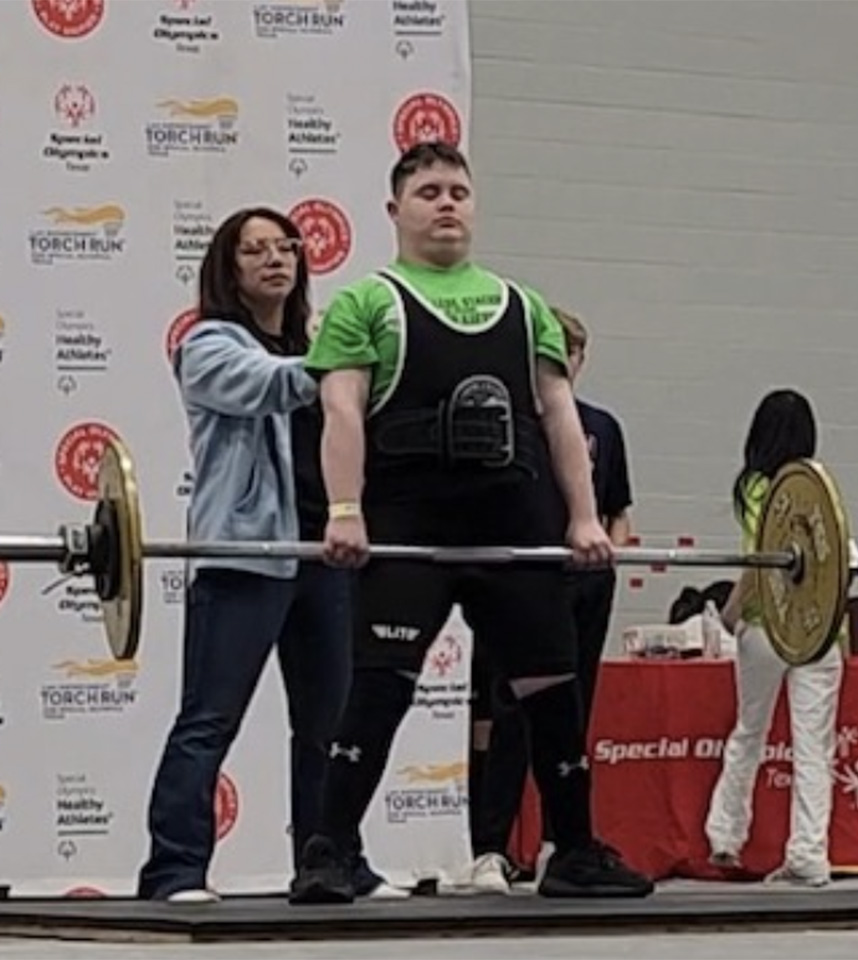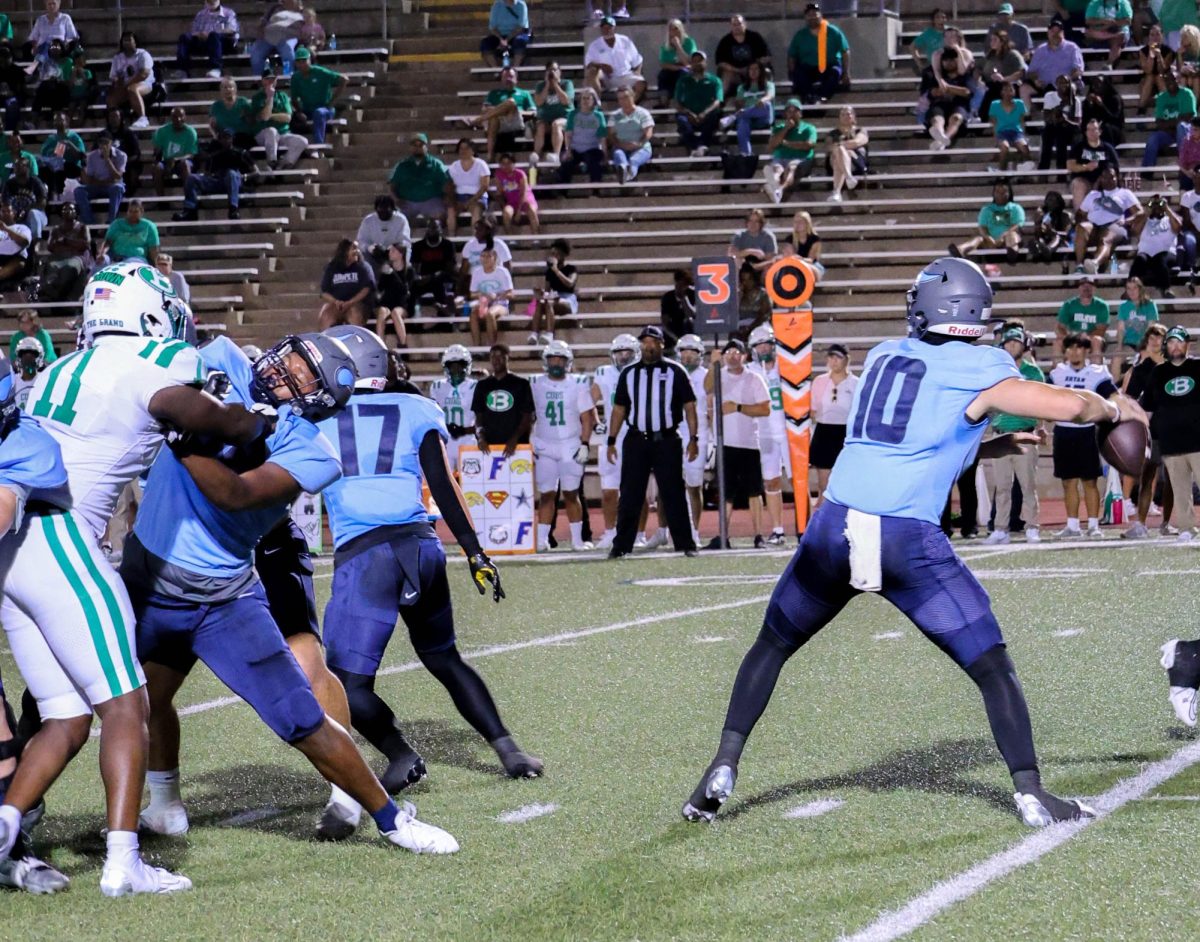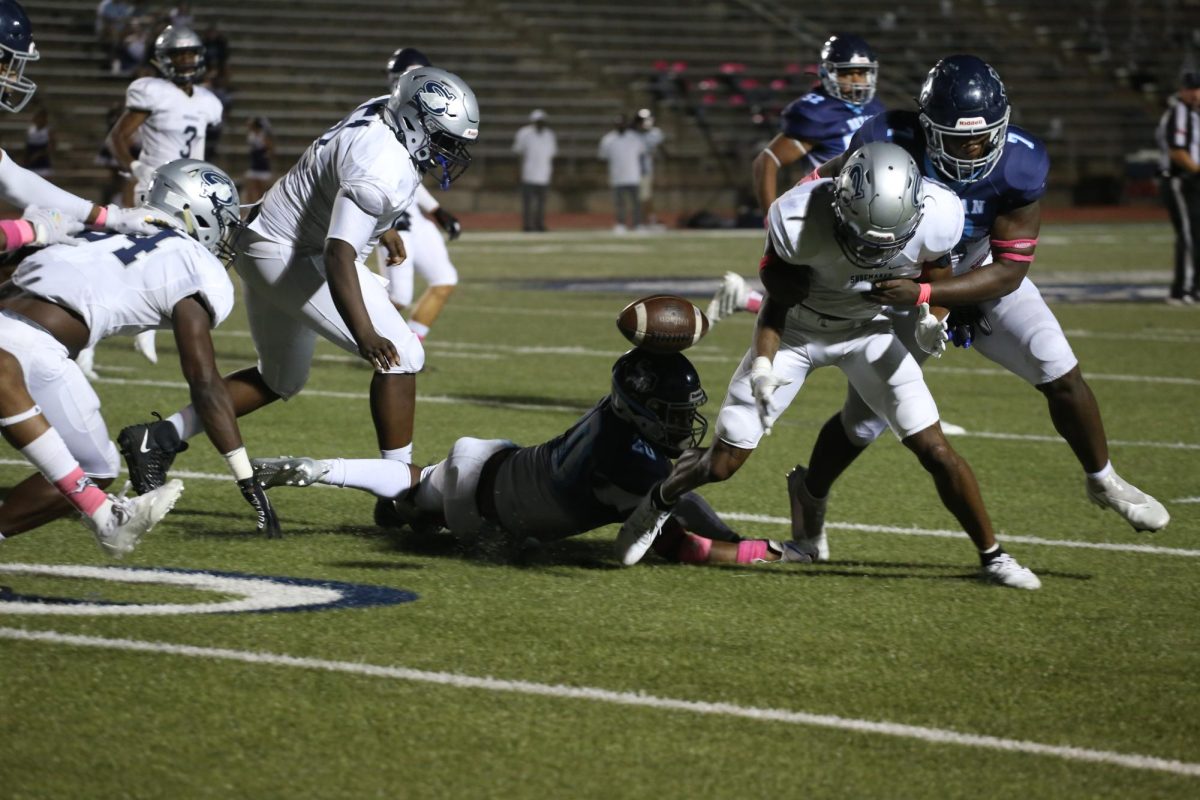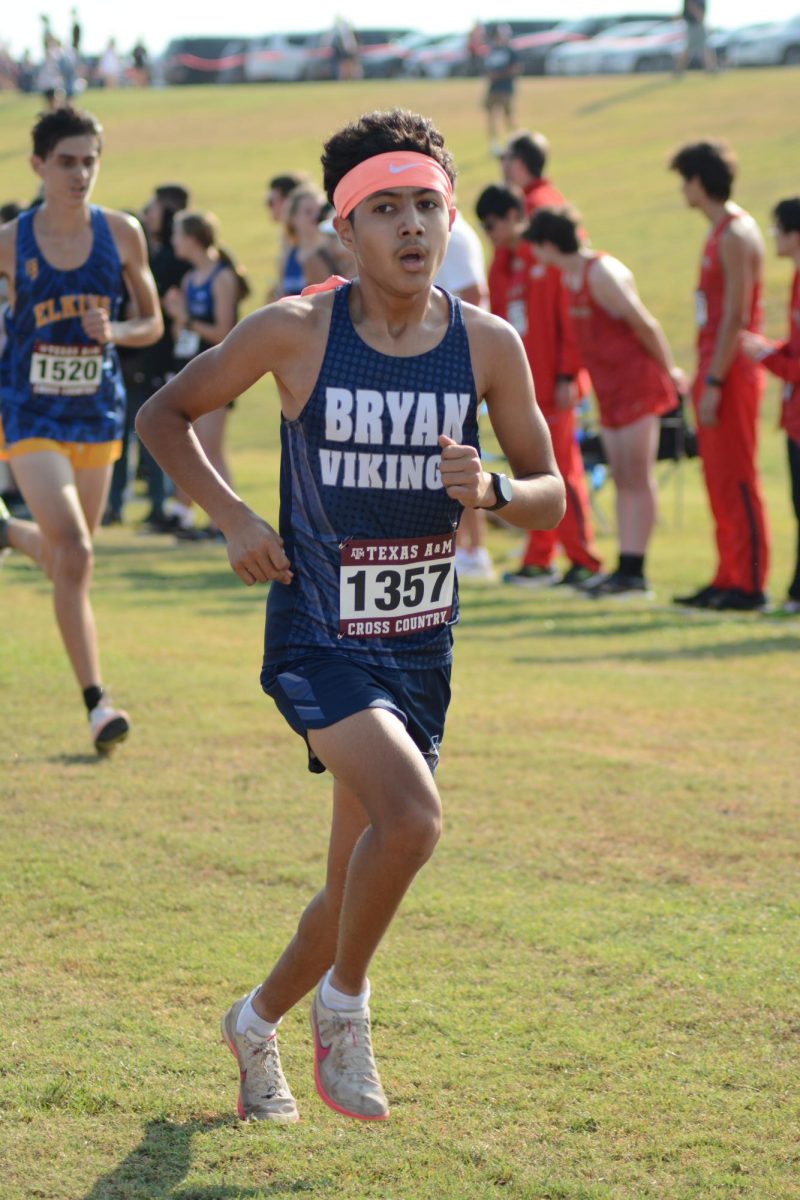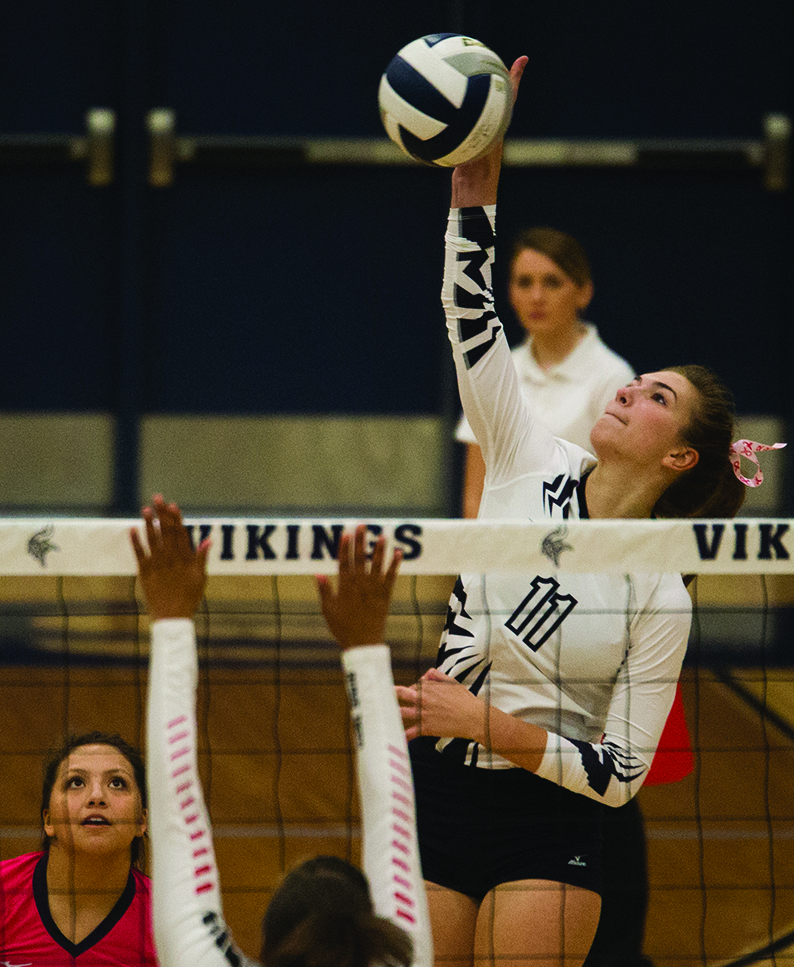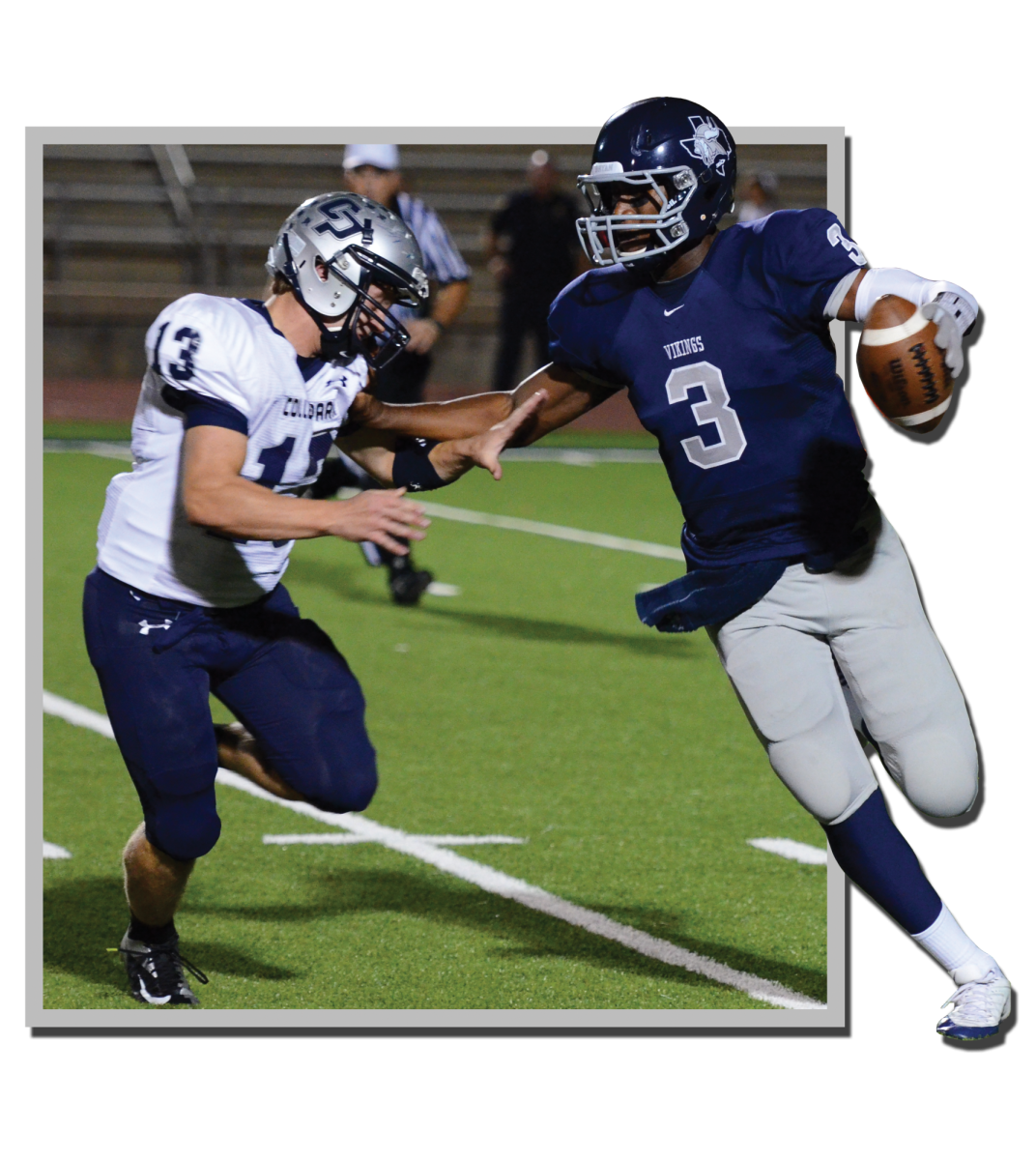Athlete safety has become more of a focus in recent years as things like concussions and general physical stamina have come under scrutiny. Injury prevention is key at any age, but in young athletes, it has become the norm to help them prepare their entire body through multiple sports instead of pushing a single activity.
“Athletes can begin to focus on a single sport as they become physically mature,” head athletic trainer Trent Cox said. “Therefore, most athletes should not begin to focus on a single sport until their junior or senior year. Younger athletes can have issues trying to focus on a single sport at too young of an age such as overuse injuries, loss of interest, and burnout.”
When athletes participate in only one sport, their bodies develop in a more linear way that only works that sport’s muscle group.
“Focusing on a single sport can lead to overuse injuries,” Cox said. “ The body needs adequate time to rest in order to allow the muscles, ligaments, and tendons the ability to heal. Focusing on one sport prevents the body from being able to heal, because the same muscles are being worked repetitively while playing multiple sports works different muscles throughout the body.”
Multi-sport athletes can develop different skills which translate from one sport to the next like better speed, endurance, hand-eye coordination, and balance.
“Multiple sport athletes are usually more well-rounded athletes physically and tend to get less repetitive use injuries,” volleyball coach Ashley Davis said. “They tend to be more mentally tough just by playing two seasons back-to-back.”
Single-sport athletes need more time to heal after a season because their bodies are not used to playing continuously all year.
“Most importantly, one sport athletes do not need to play year around,” Cox said. “They need to take some time off in order to let their body heal fully, or participate in a true off season, as opposed to playing games competitively the entire year.”
Football and softball coach Enrique Luna agrees that multi-sport athletes are more physically fit and help build school spirit between sports.
“Multiple sport athletes are able to work more muscles and allows them to be in better shape than single sport athletes,” Luna said. “It’s great for student athletes to be a part of more than one sport, and we are blessed with great athletes in this school who can contribute to more than one sport.”
Senior Kamryn Frenzel competes in both soccer and powerlifting and recognizes how the sports complement each other.
“I have gotten a lot stronger and my sprinting has drastically improved from adding powerlifting as a sport,” Kamryn said. “I can throw the ball further because I have greater arm and ab strength.”
“Doing multiple sports helps me work out my entire body instead of just training for one thing,” Kamryn said. “In powerlifting, we do bench, squat, and deadlift, but we don’t just train for those events. Instead, we work our entire body to develop all of our muscles.”
Senior Blaine Bright is a multi-sport athlete who reaps the benefits of playing different sports.
“Multiple sport athletes work very different muscle groups,” Blaine said. “What I work in discus compliments what I don’t work in football, so it helps me become a more rounded and developed athlete.”
Blaine has seen his approach to sports impact him beyond the field.
“It also helps increase endurance, Blaine said. “Having your body game ready prepares you for more than just a sports – it also prepares you for life.”
Athletic trainers encourage students to know what their bodies are capable of and condition them to perform.
“Athletes need to listen to their body,” Cox said. “If something is achy or sore, don’t be afraid to take some time off and rest to allow the body to heal or to find alternative exercises that allow their body to recover while still keeping their conditioning up, such as swimming or cycling.”

